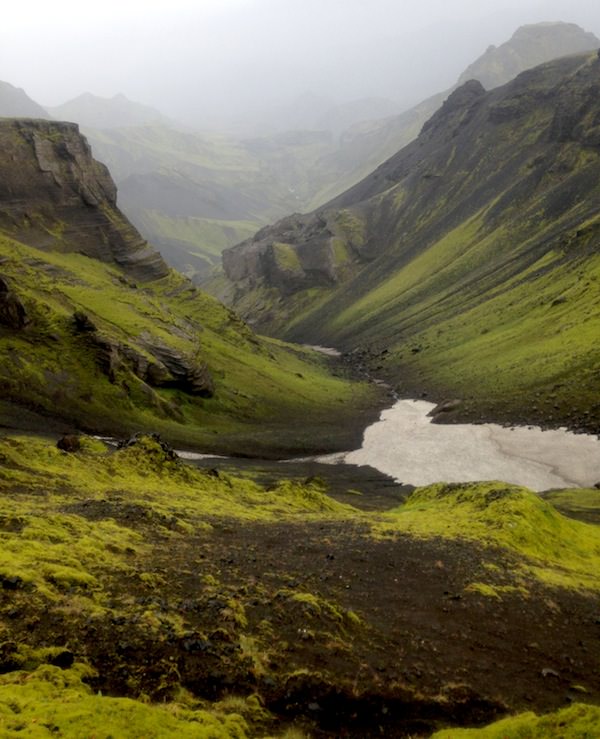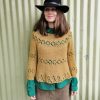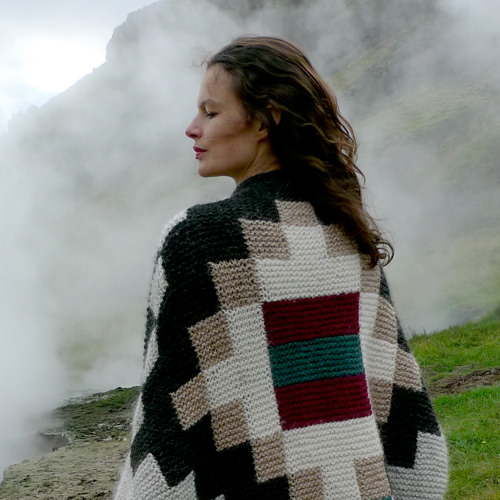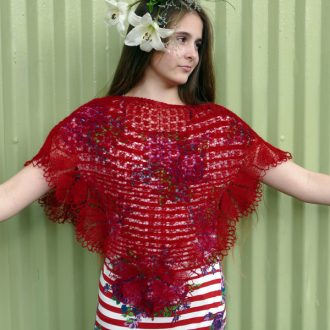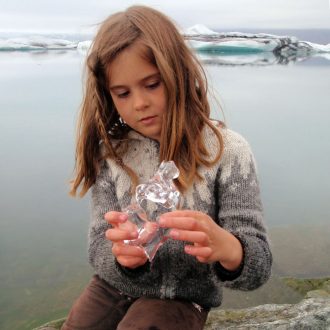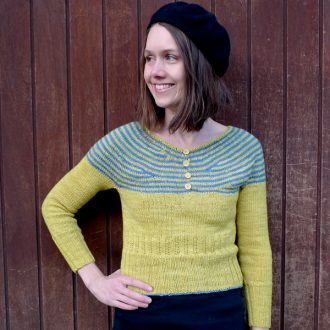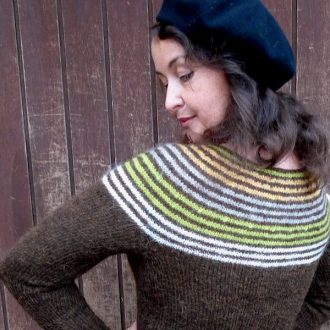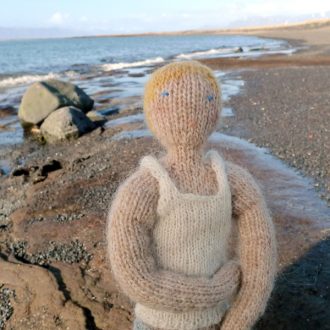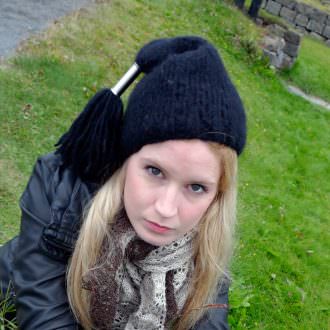Flowerpot
From € 5,78
This wonderful coat is inspired by a motif of flowerpot on a pair of shoe-inserts in the Museum Skógar. Hélène Magnússon is working with her favorite knitting technique, the Icelandic intarsia, and takes advantage of the special qualities of the Icelandic lopi: isn’t it truly amazing how light such a big coat in garter stitch is ? It fits many figures: pattern comes in sizes XS to 4X and three different lengths (petite, average and tall).
Yarn used: Álafosslopi from Ístex
Wool KIT also Available here
Pattern PDF Download
Orders ship from France (VAT from your country, no Customs fees in Europe) / Commandes expédiées depuis la France (TVA de votre pays, pas de frais de douane en Europe)

